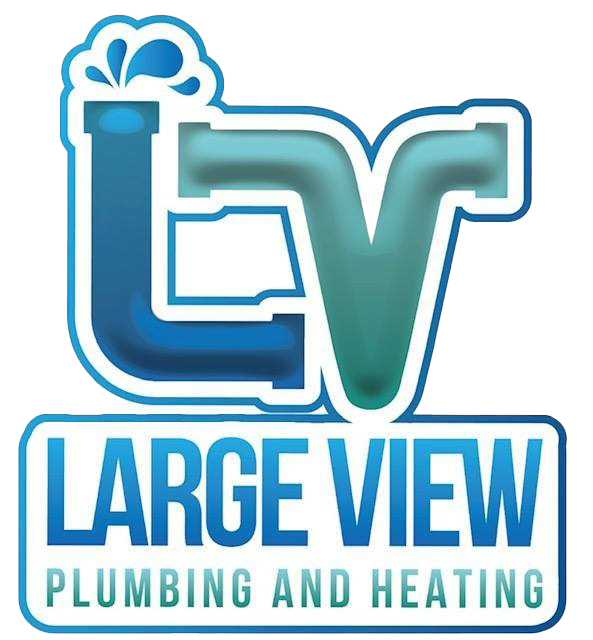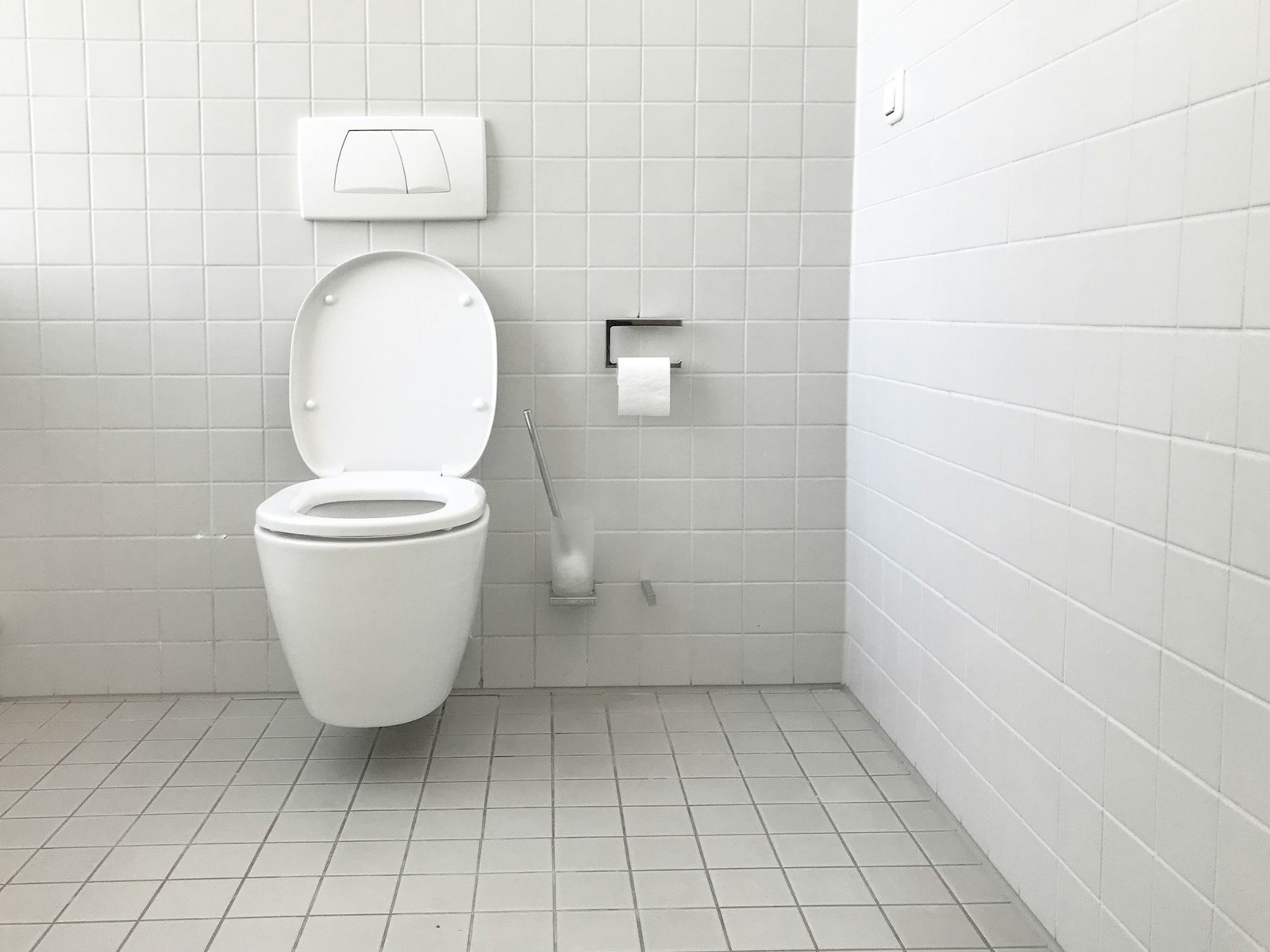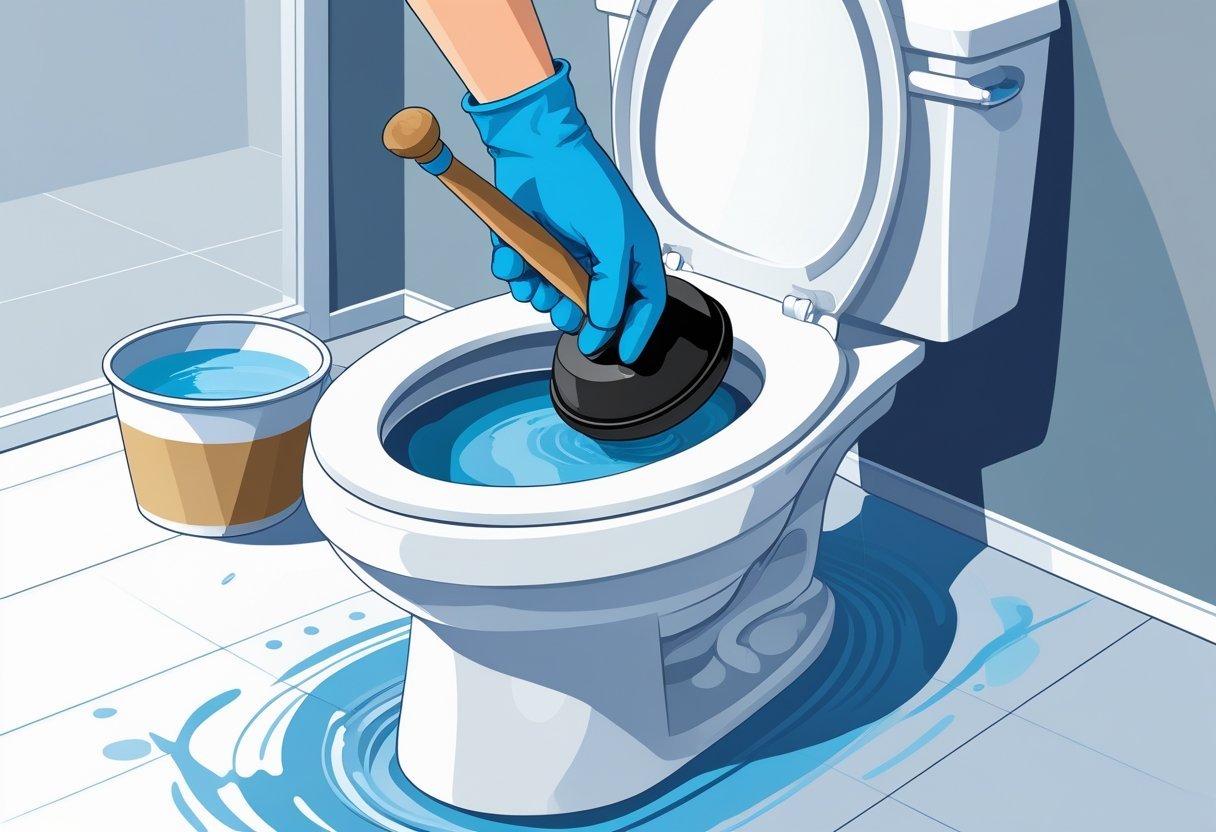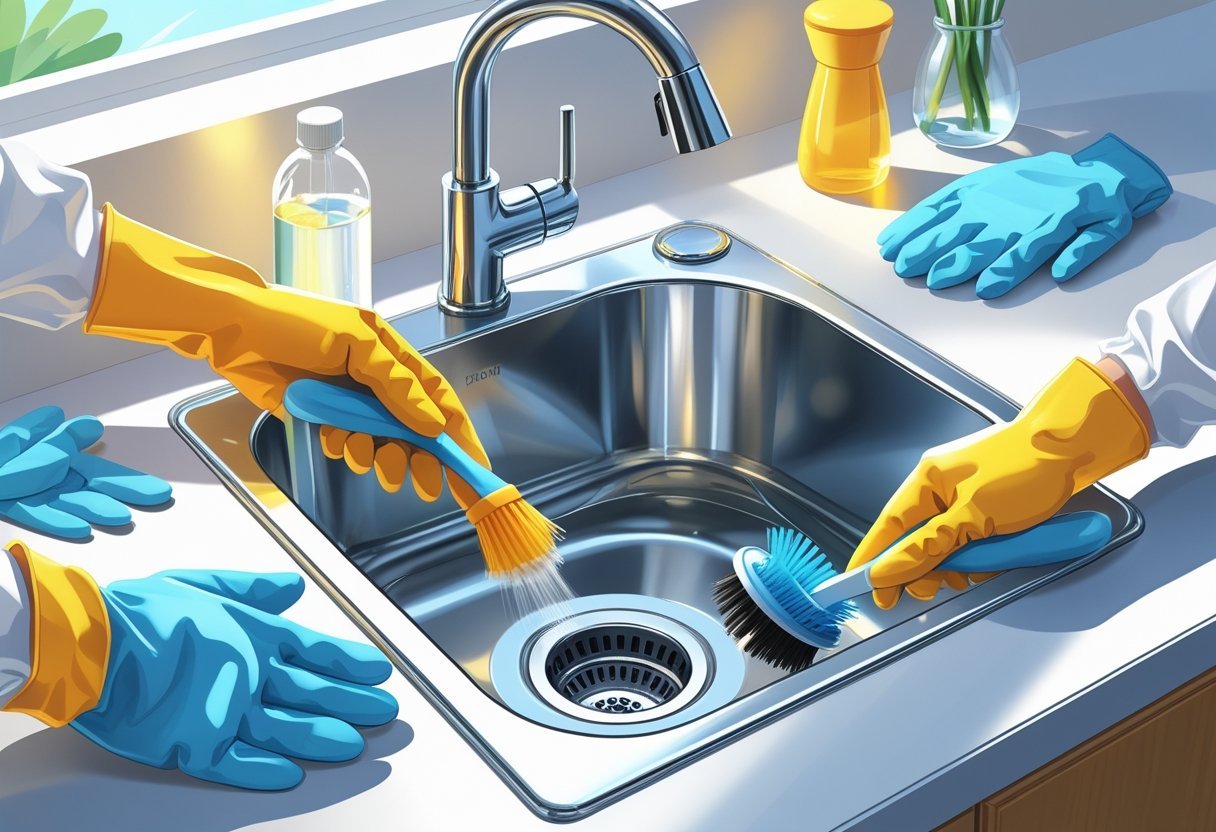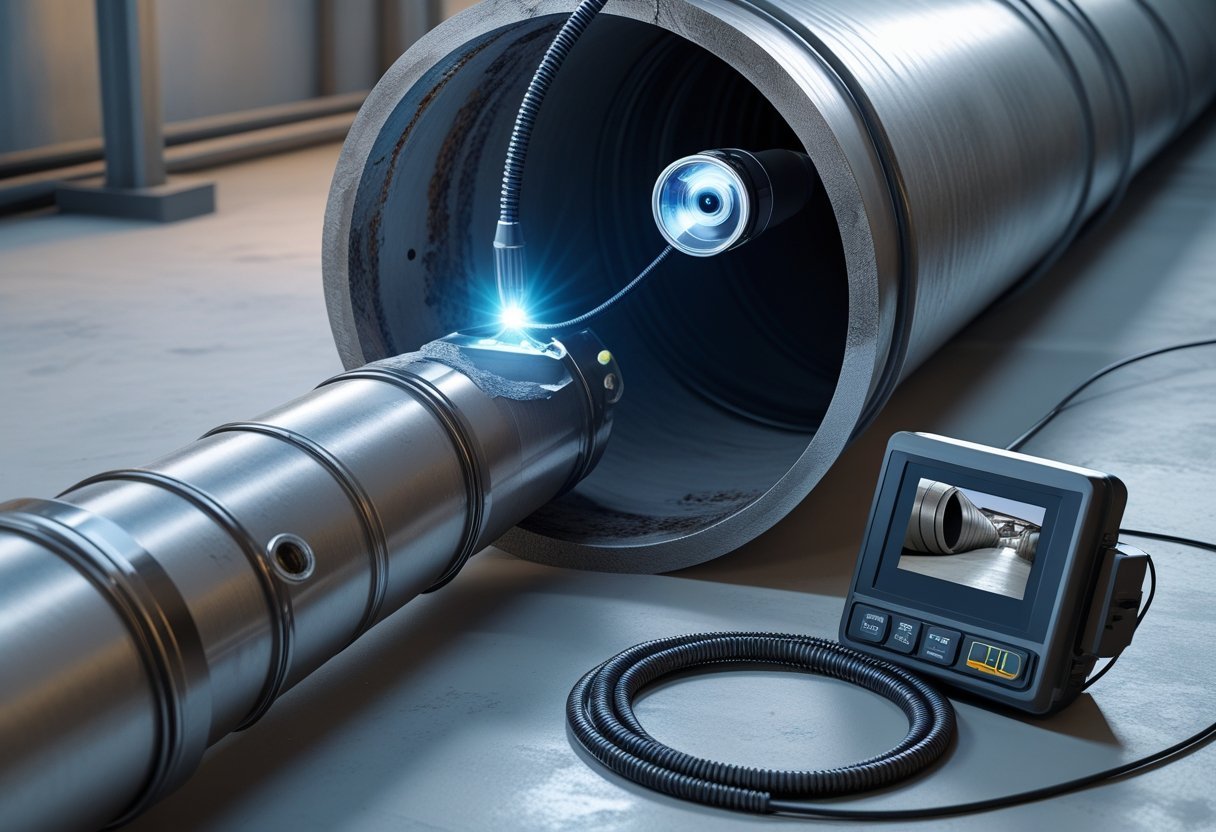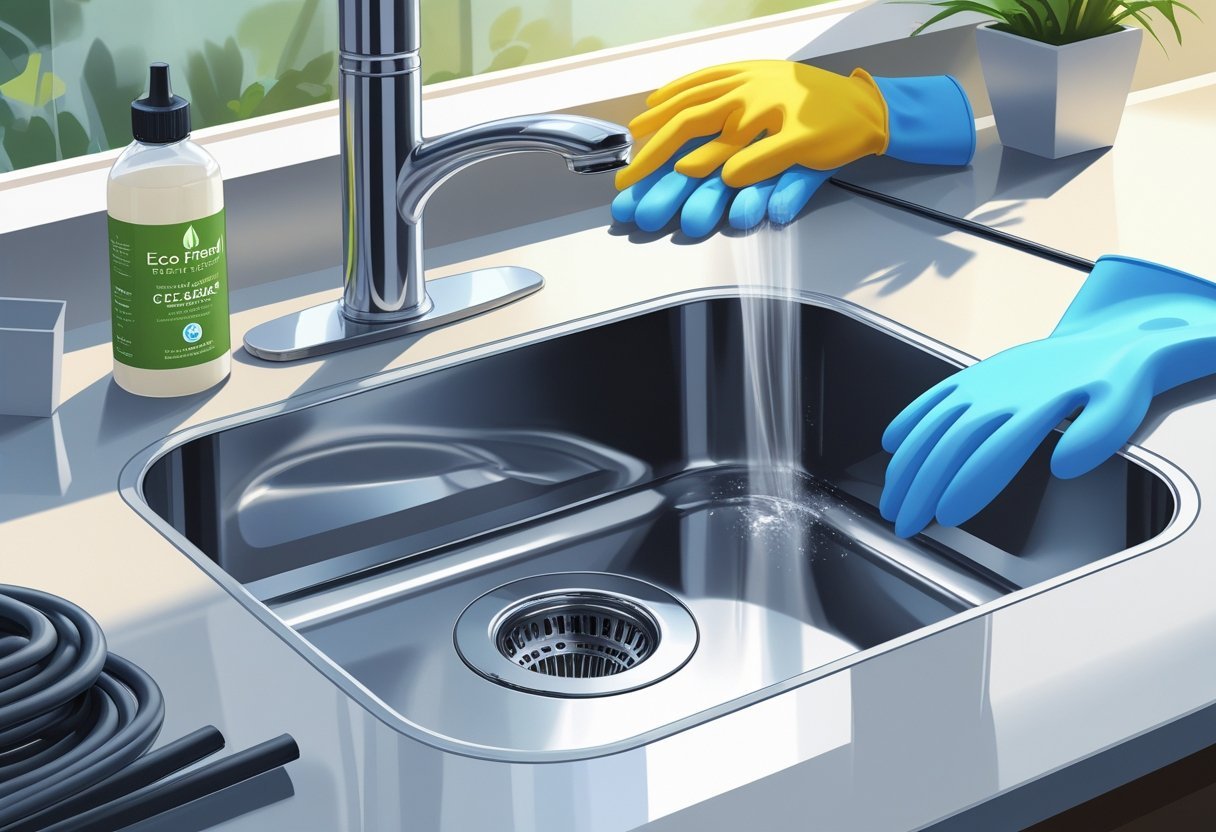As a homeowner, understanding your insurance options can save you time, money, and stress. Homeowners insurance generally covers plumbing-related damages caused by sudden and accidental incidents. However, it typically excludes coverage for issues that arise from neglect or lack of maintenance.
If you experience a plumbing disaster, evaluating your policy will help you determine what is covered. Knowing the specifics can prevent unexpected expenses and allows you to take action sooner. For comprehensive plumbing solutions, residents can turn to experts like Large View Plumbing & Heating, committed to ensuring your home stays in top shape.
With over a decade of experience, Large View Plumbing & Heating offers trusted service for all your plumbing needs, so you can focus on keeping your home safe and secure. Understanding your coverage is crucial, as it empowers you to address potential plumbing issues effectively.
How Homeowners Insurance Covers Plumbing Issues
Understanding how homeowners insurance addresses plumbing issues is essential for homeowners. Different policies can include various forms of coverage, which can significantly impact your claim payout in the event of plumbing problems. This section outlines what is typically covered, common exclusions, and variations in policy types.
Plumbing Problems Typically Covered
Homeowners insurance generally covers sudden and accidental plumbing issues. This includes significant events such as burst pipes or unexpected leaks that cause water damage. For instance, if a water line breaks suddenly, resulting in damage to your flooring or personal property, you may be eligible for a claim payout.
Insurance coverage typically extends to damages caused by these sudden events. Coverage often encompasses dwelling and personal property policies, ensuring that both your home structure and belongings are protected. However, it’s wise to read your policy closely to understand the specific plumbing problems that may be eligible for coverage.
Exclusions and Limitations
While homeowners insurance provides valuable coverage, several exclusions and limitations might apply. Commonly, damage due to negligence or lack of maintenance may not be covered. For example, gradual leaks or seepage from aging pipes might fall under the category of wear and tear, which insurance policies usually do not cover.
It’s crucial to demonstrate that any plumbing damage was sudden and not the result of neglect. Homeowners are often responsible for regular maintenance. Therefore, if an issue arises due to failure to address a minor plumbing problem, your claim may be denied. Understanding these limitations can help you make informed decisions about your plumbing maintenance.
Policy Types and Coverage Variations
Various homeowners insurance policies can affect how plumbing issues are covered. Standard policies typically offer basic coverage for sudden and accidental damage, while more comprehensive policies may provide additional protection against a wider range of risks.
You should be aware of coverage limits specified in your policy. For example, certain policies may set a cap on the amount payable for plumbing-related claims, including limits on dwelling coverage and personal property coverage.
If you have concerns about your plumbing, consult with reliable experts like Large View Plumbing & Heating. Their experienced team can help identify potential issues before they escalate into costly problems. Regular maintenance can save you from facing exclusions later on.
Common Plumbing Scenarios and Insurance Response
When dealing with plumbing issues, understanding how your homeowners insurance applies can save you significant costs. Insurance coverage may differ based on the type of plumbing incident, and being informed can help you avoid unexpected expenses.
Burst Pipes and Frozen Pipes
Burst pipes often occur due to sudden temperature drops, leading to freezing. When ice expands within the pipes, they can crack or rupture, causing significant water damage. Most homeowners insurance policies cover water damage from such sudden events, provided you’ve maintained your plumbing system properly.
To initiate an insurance claim, document the damage and take pictures. You may also need to provide proof of maintenance. If you experience burst pipes, contacting a reliable service like Large View Plumbing & Heating can help you promptly repair the damage, minimizing further costs.
Water Damage from Plumbing Failures
Water damage can arise from various plumbing failures, such as leaking faucets or broken appliances. Insurance typically covers sudden and accidental damage, but routine maintenance issues are usually not included.
To ensure your claim is valid, collect evidence of the damage and gather maintenance records. Immediate notification of your insurance provider is crucial for a quicker assessment of your claim. Investing time in routine inspections can help reduce the risk of significant property damage.
Flooding and Sump Pump Failure
Heavy rains can lead to flooding, especially in areas prone to water backup. If your sump pump fails during a storm, the resulting flooding could damage your property significantly. Most homeowners insurance policies include coverage for sudden flooding, while specific flood insurance is necessary for high-risk areas.
Be sure to understand your policy details regarding water backup. Preventative measures, like installation of a reliable sump pump, are essential. Should a flooding incident occur, enlisting experts such as Large View Plumbing & Heating can help restore your home efficiently.
Sewage Backups and Mold Growth
Sewage backups can pose serious health risks and lead to mold growth. Homeowners insurance may cover sewage backup claims depending on your policy, but many require additional endorsements.
Prompt action is crucial if a backup occurs. Document the incident, including damage and any mold growth. Professional mold remediation is often necessary to ensure a safe living environment. Consult your insurance policy about coverage for mold-related repairs, as policies vary widely.
Making a Plumbing-Related Homeowners Insurance Claim
Navigating the claims process for plumbing-related issues can be straightforward if you follow the right steps. Understanding how to initiate the claim and document your losses is crucial for a successful outcome.
Initiating the Insurance Claim Process
To begin your claim, contact your insurance provider as soon as you discover plumbing-related damage. Review your insurance policy to ensure that the damage type is covered. Not all policies provide the same level of protection, and understanding your coverage details is vital.
When you call your insurer, be prepared to provide basic information, including the time and cause of the damage. Your insurer may send an adjuster for an inspection to assess the situation. This evaluation will determine the claim payout amount you receive.
Make sure to ask questions about your policy limits and the procedures you need to follow. If you encounter any complications or need guidance, consider reaching out to a professional plumber, such as Large View Plumbing & Heating, who can assist with repairs and provide insight into the claims process.
Documenting Water Damage and Losses
Accurate documentation of your losses is essential for a successful claim. Start by taking photos of the damage as soon as it’s safe to do so. Include images of affected areas, visible water damage, and any damaged personal property. This visual evidence strengthens your claim.
Next, compile a list of all items damaged, including their repair costs or replacement values. Keep receipts and any estimates from specialists if applicable. When dealing with water-related issues, documenting ongoing damage can help address future concerns.
Don’t hesitate to contact experts like Large View Plumbing & Heating for assessments and repair estimates. Their experience can support your claim with professional insights. Be persistent in communicating with your insurer to track your claim status and ensure you receive the coverage you deserve.
Mitigating Risks and Preventing Plumbing Issues
Preventing plumbing issues requires proactive measures and a commitment to regular maintenance. By addressing potential problems before they escalate, you can safeguard your home from significant damage and avoid the pitfalls of negligence. Here are key factors to consider.
Regular Maintenance and Inspections
Regular maintenance is crucial for identifying and addressing plumbing issues early. Schedule annual inspections with professionals like Large View Plumbing & Heating to ensure your plumbing system is in optimal condition. During these inspections, technicians can check for:
- Leaky pipes: Detect seepage that may lead to mold or structural damage.
- Water pressure: Ensure it remains within a safe range to prevent excess strain on pipes.
- Drains: Clean and unclog drains to avoid backups.
Implement a routine maintenance checklist, which includes inspecting faucets, toilets, and appliances. Minor repairs can prevent costly emergencies later on.
Responding to Sudden Plumbing Emergencies
When sudden and accidental plumbing problems occur, your response is critical. First, know the location of your main water shut-off valve to stop water flow immediately. This can prevent further damage. If a pipe bursts or there’s a significant leak, follow these steps:
- Turn off water supply: Act quickly to minimize water damage.
- Notify plumbing professionals: Contact Large View Plumbing & Heating for rapid assistance, ensuring you’re promptly addressed.
- Document the damage: Take pictures for insurance purposes, which can aid claims related to sudden plumbing issues.
By being prepared, you can effectively manage emergencies and reduce potential losses associated with plumbing failures.
Frequently Asked Questions
Understanding the intricacies of homeowners insurance and plumbing coverage can help you navigate potential claims. The following questions address common concerns regarding different plumbing issues and insurance policies.
Are broken pipes under the foundation covered by homeowners insurance?
Coverage for broken pipes under the foundation often depends on the circumstances. If the break results from a sudden and accidental event, it may be covered. However, if the damage arises from neglect or lack of maintenance, coverage is likely denied.
Is there coverage for plumbing leaks under the slab in a typical homeowners policy?
Plumbing leaks under the slab might be covered if they are sudden and accidental. Insurance typically excludes damage from gradual leaks or issues that could have been prevented with proper maintenance.
Do homeowners insurance policies typically cover sewer pipe repairs?
Sewer pipe repairs may be covered, subject to your policy terms. If the damage is caused by an unforeseen incident, your insurer might approve the claim. However, ongoing maintenance issues may not be covered.
Will a home insurance policy cover the cost for main water line replacement?
Replacement of the main water line may be covered if the issue is sudden and unpreventable. Policies generally do not cover damage resulting from neglect or deterioration over time. Always check the specifics of your policy for clearer guidance.
Are water damage claims from plumbing issues covered by homeowners insurance?
Water damage claims are often covered if they result from sudden plumbing failures, such as burst pipes. Damage from slow leaks or neglect is typically classified as preventable, which could lead to a denied claim.
Does a standard home warranty include plumbing issues?
A standard home warranty may cover certain plumbing issues but varies by plan. It’s essential to review the warranty’s coverage details. Homeowners often benefit from consulting with professionals like Large View Plumbing & Heating for a full assessment of potential plumbing problems.
